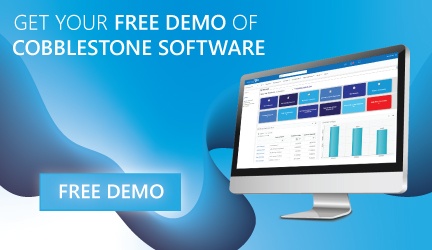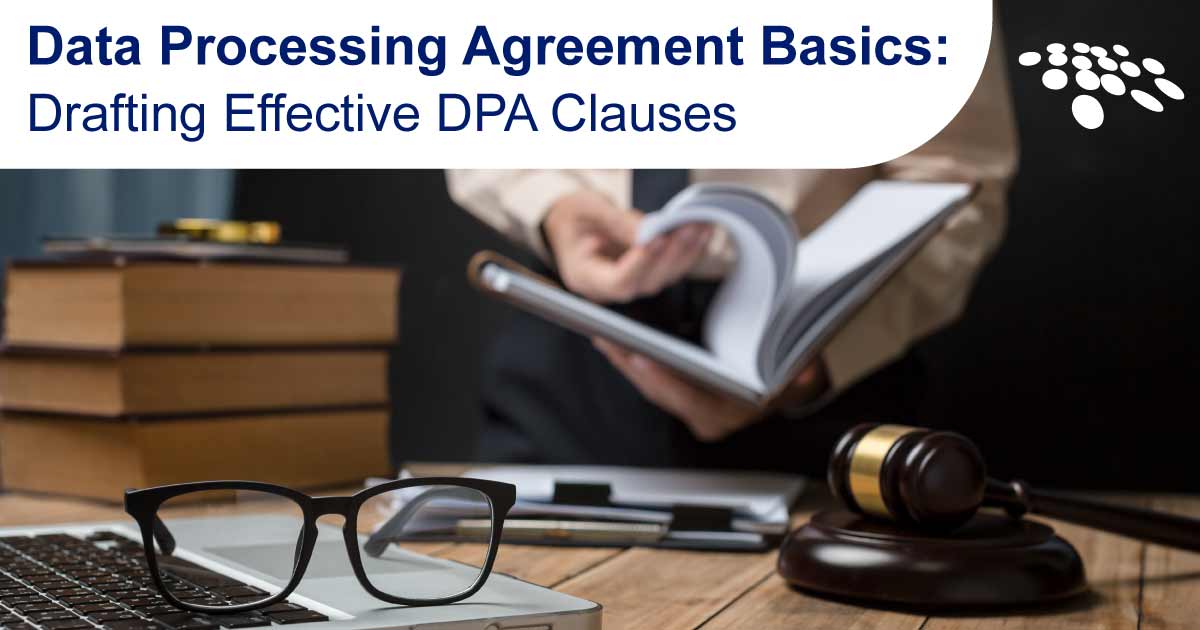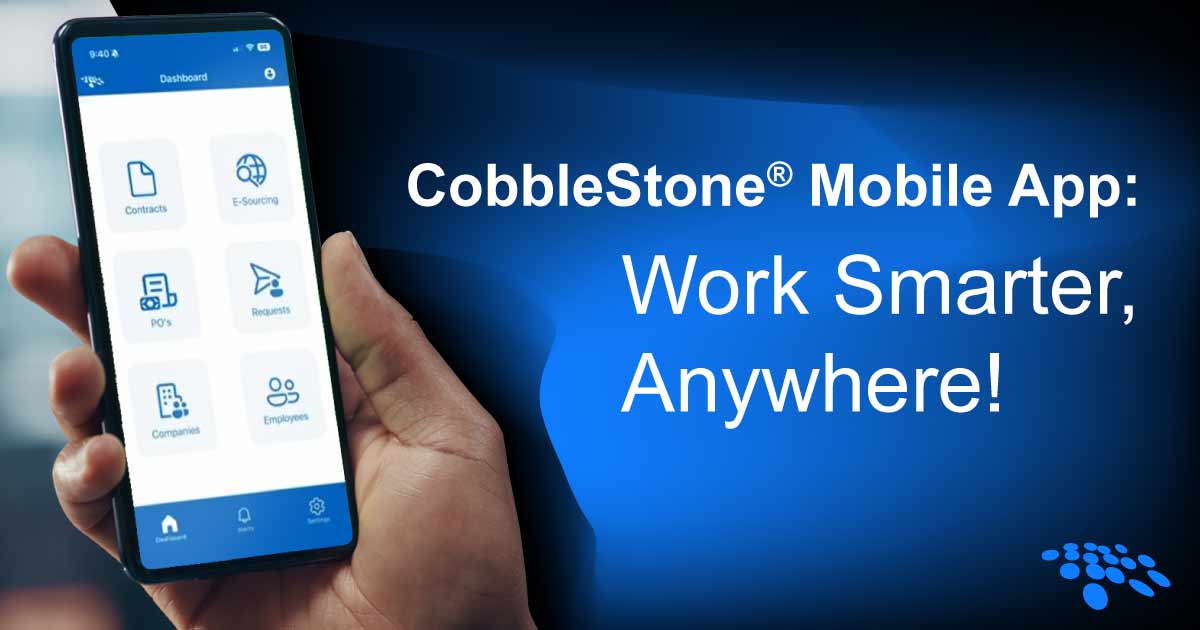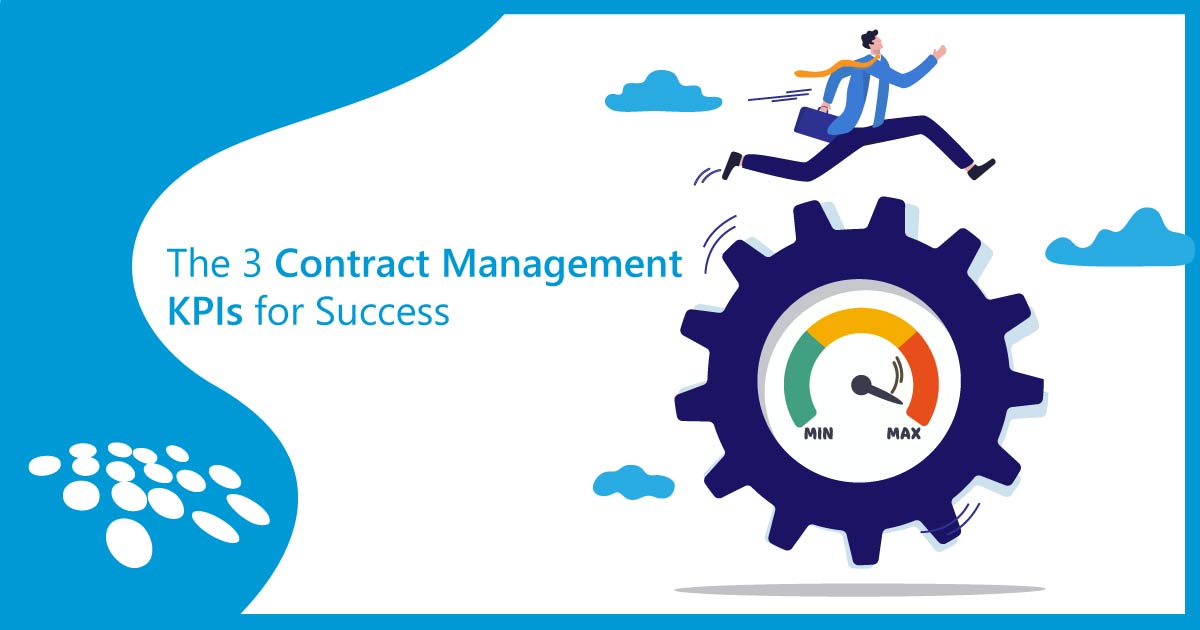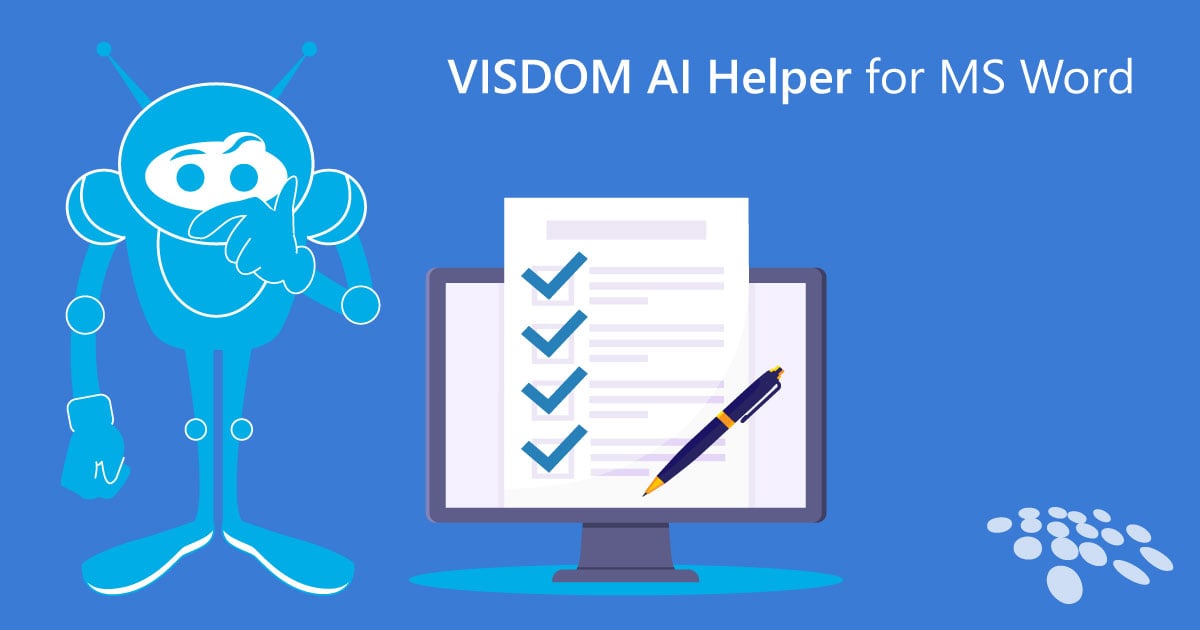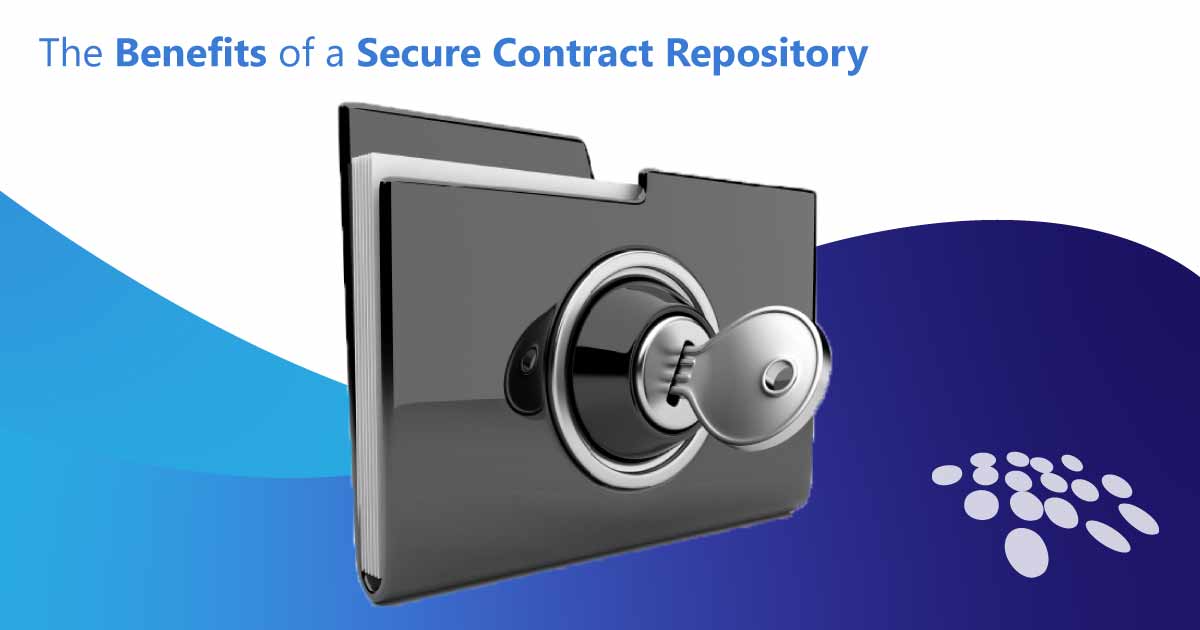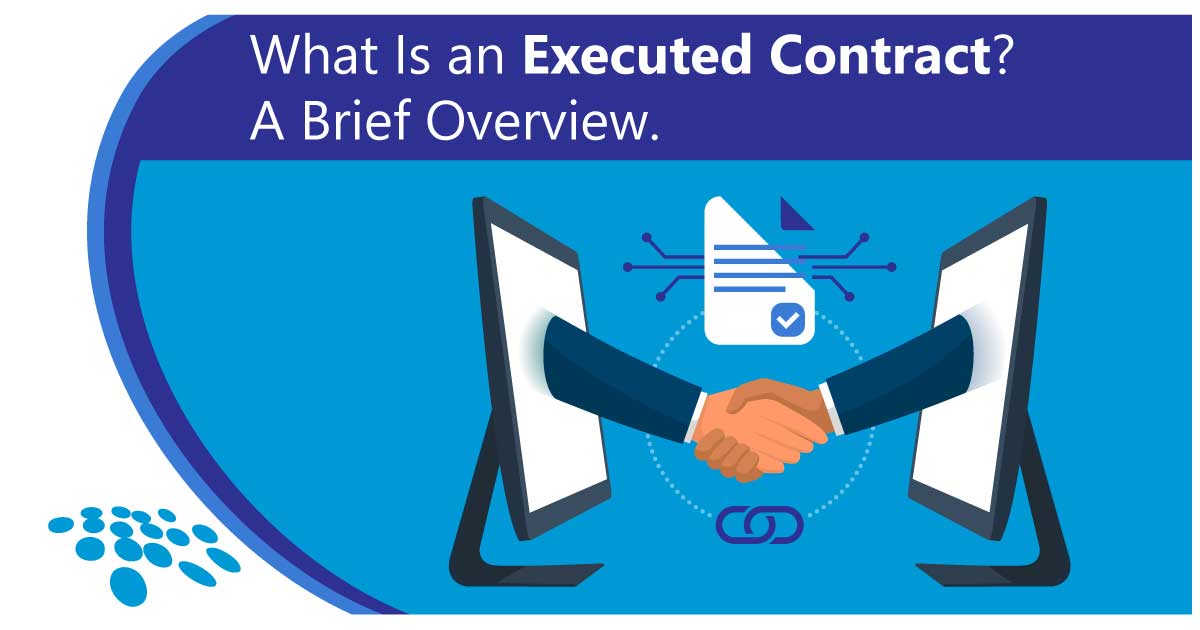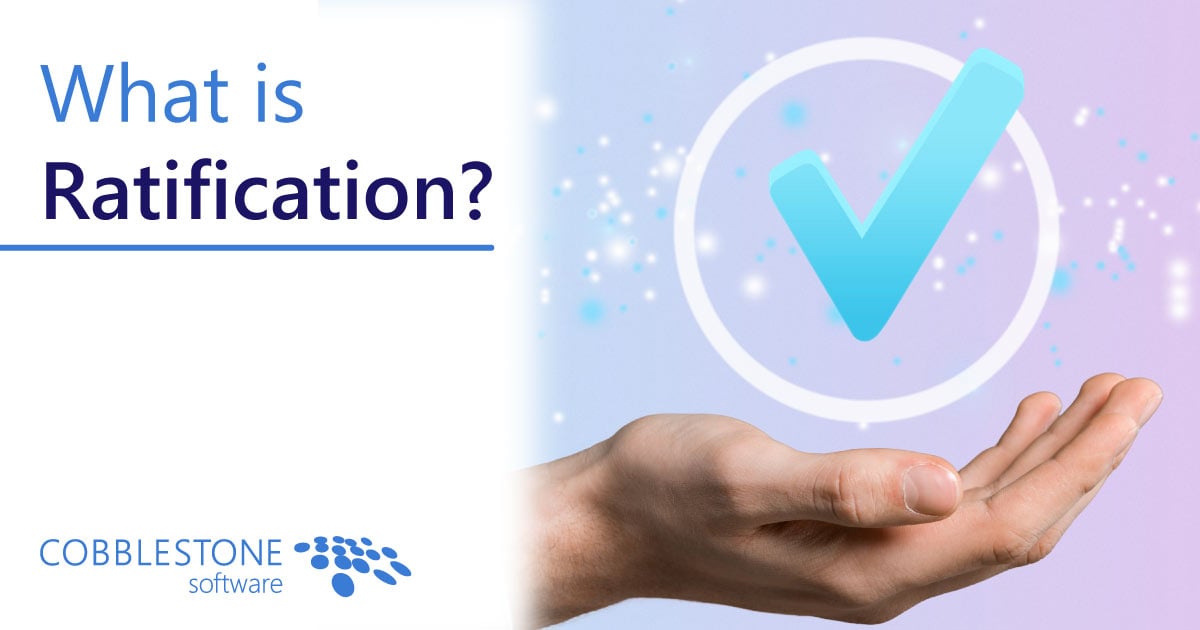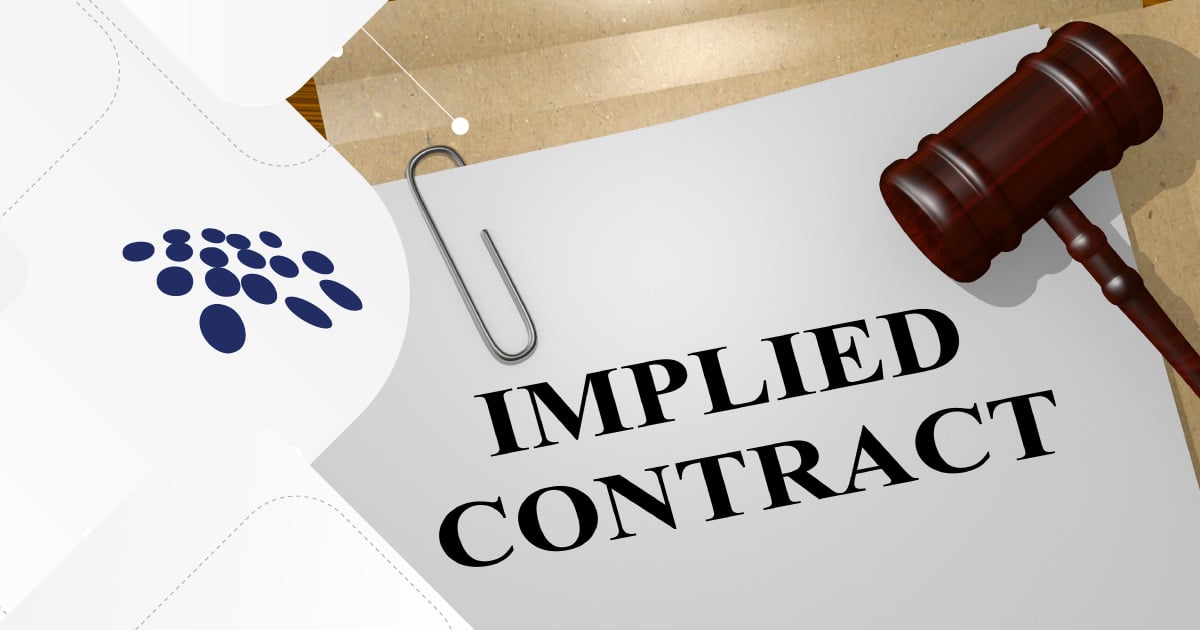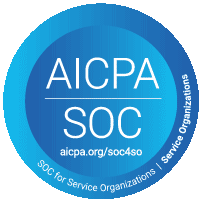
Cobblestone Software is commonly approached by leading organizations, and government agencies, in search of a better solution to track contract spend (contract expenditures) in addition to their contracts. Tracking contract spend makes contract, procurement, and vendor management more complex and requires a process, or software, to do more than just provide basic contract management.
The Complexities of Fiduciary Control
Typically, with any public or government organization that enters into a supply side (or purchase) agreement, the organization spends money. It is recommended that a company tracks the approved contract values, budgets, and payments (spend) against a contract's budget and, most importantly, the budget remaining on the contracts. This process is referred to commonly as fiduciary control. A fiduciary duty is usually a legal, ethical, or monetary duty or trust between two or more parties. A person in charge of a fiduciary responsibility should act prudently when managing money for another party or person.
As such, the fiduciary control process should be built into your contract and supplier management process. As it relates to contract management, fiduciary control is complex and, for most companies, involves many departments including Legal, Procurement, and Accounting. This article is not written for legal or accounting advice, but it will attempt to summarize some simple steps your organization can take to better manage your contract spend and fiduciary responsibilities.
The Case
There are many procurement, accounting, and contractual challenges associated with fiduciary control. This blog is based on a real-world case whereby a large government agency, let’s say Agency A for confidentiality purposes, required better compliance and governance, vendor risk management, and vendor relationship management for their vendor-purchase contracts, especially for spend management. Agency A realized they had a simple solution for tracking contracts, but that system did little to help them with a solution to the following challenges:
- Who is monitoring and tracking contract amounts?
- Where did the contract budget amount come from and how much is it?
- Is there control over how purchases under a contract are approved?
- Were the items or services purchased ever received?
- Who approved the vendor’s invoices and payments?
and most importantly…
- What is left from the contract budget, and are there enough funds available to pay for the services?
Moreover, if the contract spans over many fiscal years, how do we track spend across fiscal years? What happens if there is money left at the end of a fiscal year or the contract term, and did we close out or renew the contract in accordance to their regulations and procedures? How can we address these contract and procurement challenges?
Understanding the Problem
Let’s imagine we purchase an item or service for $400K. Do we just pay the supplier the entire $400K and hope they deliver the items purchased? No, we implement a contract or purchase control typically found in an enterprise vendor management software system. This will help the organization track procurement contracts and the contract value ($400K).
Next, we confirm that there is an internal contract budget that funds the contract value and that each purchase against the contract is approved and under budget. In this example, we assume we budgeted $500K for the contract. If we raise a purchase order of $100K under the contract, how much of the contract amount or budget is left? Who approved the purchase, and who is notified if we don't have enough in our budget? A modern vendor contract software solution could handle this information for us.
For those following along, this leaves us with $300K left for the contract and $400K left for our budget. Hence, we spent 25% of our contract value and 20% of our approved budget. What if we spend up to 90% of our budget? Shouldn't someone be alerted? These challenges can be solved with a modern vendor management software tool.
After assessing Agency A’s situation and proving that CobbleStone Software is the right choice, they selected CobbleStone’s Contract Insight™ with contract management and e-procurement modules.
After implementing CobbleStone Software, Agency A began a plan to improve their processes for managing contracts and spend. The process consisted of three stages. Each stage required important steps to be taken within the system. These simple steps are outlined below:
Stage 1: Planning
As we break down each phase of Agency A’s contract and spend management requirements, we begin with the planning stage which includes: identifying the stakeholders, documenting the data flow and the requirements, defining the workflow approvals, defining the contract templates, and refining the procedures required to provide a successful solution.
In the planning stage, the data elements to track include:
- Vendor name/Contract name/Buyer
- Products Offered/Items or services contracted/Quantity
- Address/Key contacts/Date/Status
- Contract budget value/Contract approved value/Budget categories
- Department/Legal reviewer
- Unit price/Amounts/Discounts for each line item
- Deliverables and tasks
- Exhibits (Signed contract, RFP, approvals, amendments, and other fields depending on contract type)
Stage 2: Documents and Workflows
The next phase was to determine required documents and configure workflows
In the documents and workflows stage, consider the following:
- Is a new purchase or requisition entering the system?
- Who approves the requisition?
- Do we need an RFP, or can we issue a contract?
- Who drafts and approves the contract, and is it drafted from a template?
- Can we use third-party paper (or the counterparty's contract language)?
- Who monitors the remaining process including negotiations, approvals, signatures, and spend?
Stage 3: Purchase Order and Spend
After configuring the requisition, contract, and signature processes, we moved on to configure the purchase order and spend process.
In the purchase order and spend stage, the following may be considered:
- Identify and configure the standard product and service items this organization purchases
- Buyer limits and budgets
- Catalogs/Line items
- PO documents
- Workflows
- The receipt of goods modules [inventory tracking]
After the simple planning efforts above, and some simple configuration of the software, it is now easy to track, manage, and process requisitions, contracts, spend, purchase orders, and contract close outs. The system tracks contract information like the initial contract value, budget value, purchase orders against the contract, amount spent, budget amount remaining (with alerts if the budget is low), items received, and tasks and milestones for compliance.
With a system that is pre-built for this challenge, managing spend is easy. Hence, we used configuration to get the job done.
Because Contract Insight™ was such a success, Agency A, a public organization, is now evaluating CobbleStone's Public Access Portal to meet Freedom of Information (FOIA) inquiries, and is also considering our e-Sourcing software tool to help with e-sourcing and vendor bids.
Manage Your Spend Better
Managing the full contract lifecycle with spend management is complex but is a much better process when utilizing a modern vendor management software solution. With a flexible software system, you can easily track the data fields needed and store the documents related to spend contracts. CobbleStone Software can also track financials, tasks, workflows and alerts, and make the fiduciary duty of tracking vendor procurement much easier.
CobbleStone Software provides contract management and e-procurement management software to help Legal, Sales, and Procurement professionals better manage contracts, agreements, and vendor/customer obligations. Start managing spend better by contacting a CobbleStone Support Specialist today.



